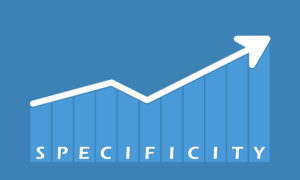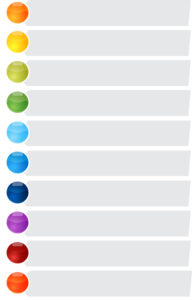Business Blogs – the Importance of Being Real – and Specific

Business blog content writers today can take the title (if not the content) of a satirical play written 125 years ago, The Importance of Being Earnest, well, seriously. Sincerity in social media and self-promotion matters, as Katherine Erllikh so eloquently points out in the redbubble blog. “Optimizing things, getting followers, getting subscribers, advertising…those things are just half the puzzle,” Erlikh states. “It’s about sincerity.” You should be as real as possible, is the advice.
Jayson DeMers, writing in Forbes, agrees. “Your blog posts give you a unique opportunity to share your voice and personality, building up trust and increasing your brand’s likeability quotient.” “As you build up authority in your niche,” DeMers adds, “this breeds trust and familiarity, keeping you top-of-mind when your prospects are ready to buy.”
One way content writers can “get real” is to post blogs with history-of-our-company background stories. Those personal anecdotes can have a humanizing effect, engaging readers and creating feelings of empathy and admiration for the business owners or professional practitioners who overcame adversity. As a corporate blogging trainer, I remind newbie writers that there’s no lack of information sources available to our readers. In our blogs, therefore, we need to go beyond presenting facts, statistics, features and benefits.
In addition to being real – in fact, a way to be real – is to be specific. One concern business owners and practitioners express to me is that they don’t want to come across as boastful in their blog. At the same time, they need to convey the reasons prospects ought to choose them over their competition. This is where being specific comes in – let the facts do the boasting, I explain.
As the first of “Seven Easy Ways to Write Better Titles for Your Blog Posts”, Ali Luke of problogger.com lists “Be Specific, Not General”. While some bloggers believe vague titles intrigue readers, who will click to find out what the title means, Luke says, the truth is readers have too many calls on their time and attention – they need to know what to expect.
“Details, specifics, and granularity can take otherwise generic writing and instantly make it shine,” asserts Hurley Write, Inc. Imprecise business messages sound like double-talk. Good writers think hard about their goals and the direction they want to give others.”
Playwright Oscar Wilde knew “the importance of being earnest”, but business blog content writers need to understand the importance of being real – and specific!



 It seems content writers either love or absolutely abhor those little dots.
It seems content writers either love or absolutely abhor those little dots.
Follow us online!